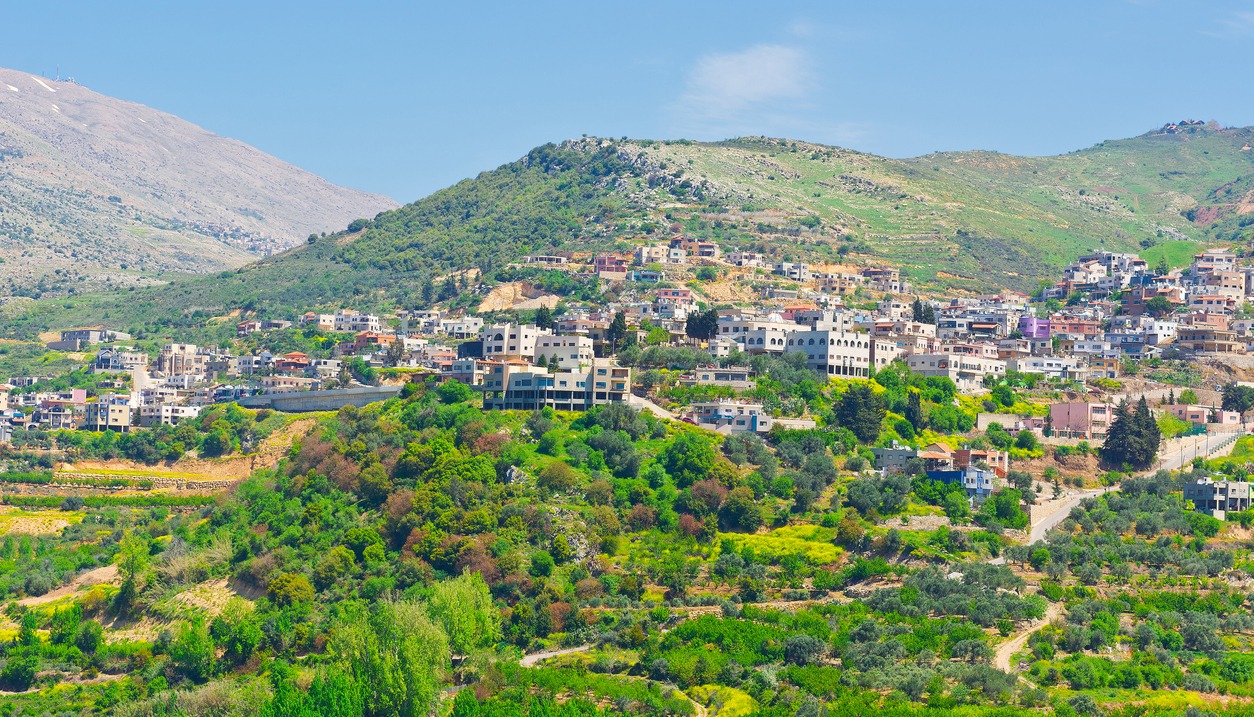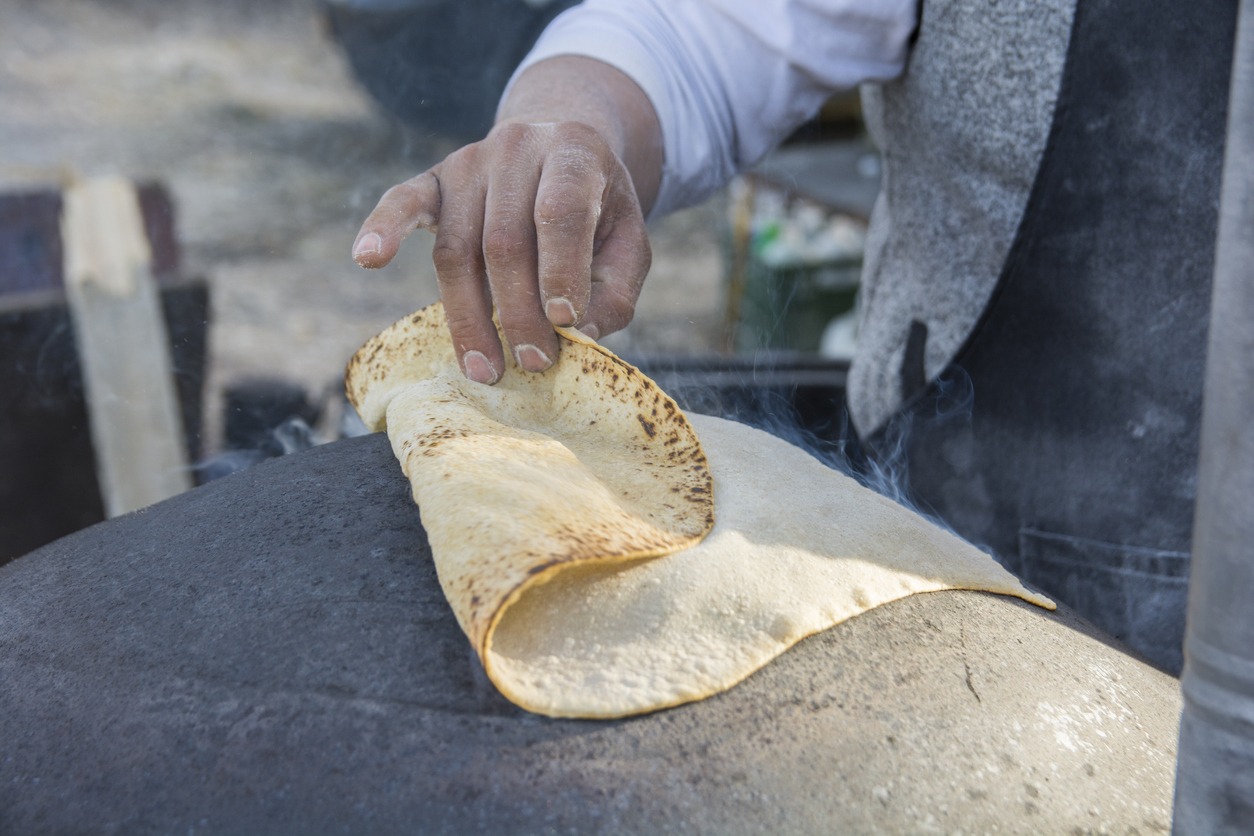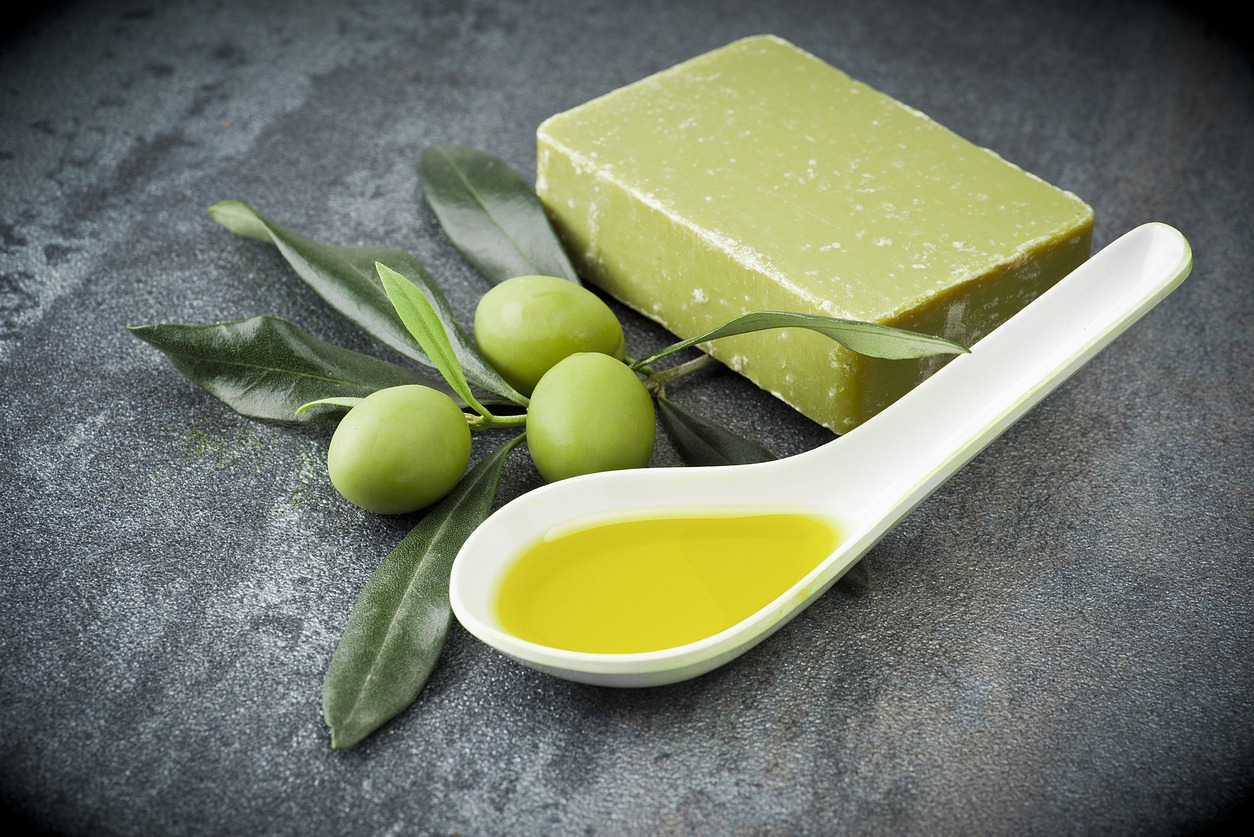The Druze people are a unique ethnoreligious group mainly living in Israel’s northern region. They may be a minority in Israel, but they are big on history, tradition, and culture (not to mention that Druze food is delicious).
Now that you have learned about the best-known Druze villages in northern Israel, this article features bit more about Druze life – even the more fun side of it. But of course, along the way, visiting Druze villages won’t be complete without stopping by to admire its scenic natural sites and incredible traditional artwork, experience the warm Druze hospitality, and get to taste their fabulous cuisine.

Get a local tour guide
One of the most recommended ways to experience the richness of the Druze culture is to get a local tour company. Local tour guides demystify the everyday life of the Druze community, which is often seen, at least by outsiders, as complex and intriguing. You will find yourself walking down the alleyways not usually frequented by tourists. Encounter a village prayer house and discover their centuries-long olive oil industry. When you feel tired and hungry from all the touring walks, treat yourself with plates of homemade food surrounding the tabun oven, accompanied by traditional music, folklore tales, and stories about the Druze religion, culture, way of life, and the Druze people’s role in modern Israel.
Among the most recommended company to get local tour guides knowledgeable about Druze history and culture is El Carmel Tours, located in the Mount Carmel village of Isfiya.
Race in memory of the Druze soldiers on Shvil HaBanim Path
Like the Druze people themselves, this road race is unique – it is like no other. The race is called Bishvil HaBanim HaDruzim (“Trail for the Druze Boys”), established in 2012.
This annual marathon is part of a larger project to honor the contribution of the Druze IDF soldiers who have fallen in wars and conflicts. The races consist of walking, running, and cycling. It includes a wide range of cycling routes and walking and running marathons, which are divided depending on the participants’ level of ability and stamina. Courses differ depending on the venue. For example, in 2019, the path started at Golani Junction and ran through 18 Galilean Druze villages, including the informative memorial sites and the magnificent scenery of the Lower Galilee. This path can also be walked, biked, or hiked any time of the year, even without the event.
Try some roadside pita
You wouldn’t want to end your visit to any Druze village without trying their cuisine. To get the authentic Druze culinary experience, you may want to have an impromptu stop by the roadside. You will notice handmade signs along major roads and entrances to national parks, hiking trails, and nature reserves, promising traditional Druze pita, preserved balls of labane (yogurt-like cheese), bottles of freshly pressed olive oil, and other goods sold in jars.
Pita bread, a staple of Druze cuisine, is always made hot and fresh on the site. Be adventurous and treat yourself to freshly baked pita smeared with sour labane, drizzled with olive oil, and topped with homemade za’atar (a mixture of Middle Eastern herbs and spices). For the kids, they will surely enjoy pita with chocolate spread.
Learn and enjoy hands-on Galilean cooking at Galileat
If you want to get more out of your Israel food crawls than just sit down, eat, and pay for your meals, how about eating food that you’ve made by your own hands? Your culinary quest will end right here in the Druze villages in the Galilee.
Druze families will welcome you into their homes via Galileat (a clever portmanteau of “Galilea” and “eat”) for a private cooking workshop.
Your culinary adventure at Galileat consists of two hours of preparing and cooking authentic Galilean dishes. Learn some serious culinary secrets along the way as you’re gaining hands-on experience on Galilean cuisine. Then enjoy the feast you’ve just created, served with some strong cardamom-infused Arab coffee.
Galileat offers seasonal delicacies that include maqluba (a dish consisting of rice, meat, and vegetables served upside-down), majadra (bulgur wheat with fried lentils and onions), sinya (lamb kebab patties baked in tahini sauce), and tabbouleh (salad consisting of parsley, tomatoes, mint, onion, bulgur, and seasoned with olive oil, salt, lemon, and sweet pepper). There’s even an entire workshop dedicated to making knafeh, a delicious Middle Eastern sweet pastry and considered the star of Druze desserts. Online reservations are highly recommended.
Enjoy a leisure stroll at the lovely El Mona Garden
The Druze village of Julis is a little tourist gem where you can visit charmingly quaint residential quarters, browse on and purchase beautiful artwork and enjoy delicious food. After filling your bellies, wend your way back to the town and visit the whimsical El Mona Garden, owned and operated by Naji Abas and his family. It’s the perfect place to enjoy a quiet stroll and appreciate the beauty of the gardens, which boast a wide variety of plants, flowers, trees, bushes, statues, fountains, ponds, waterfalls, and symbols of Druze religion and culture.
Stop by at Aya Natural for natural beauty care
Aya Natural Ltd. (also called Aya Natural Cosmetics) creates high-quality cosmetics and skin care products made from organic and natural products, particularly olive oil and herbs grown only in the village’s Galilean hills. Their soaps and other beauty products are also exported abroad. You may want to check out its factory and visitor’s center in Beit Jann, where you can learn about the production process, try out the products, and purchase some goodies on your way back home.



